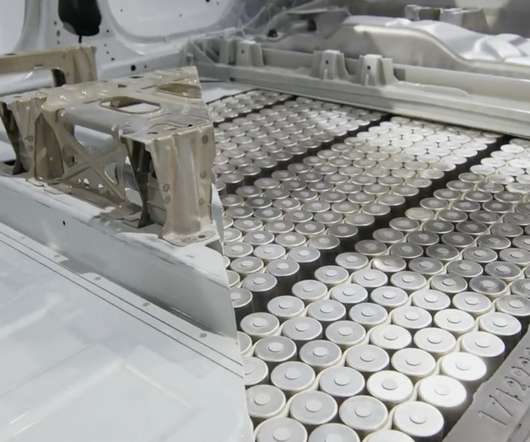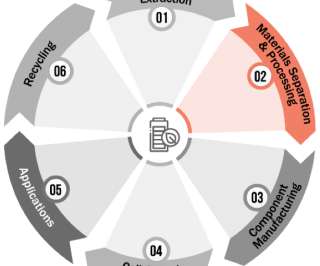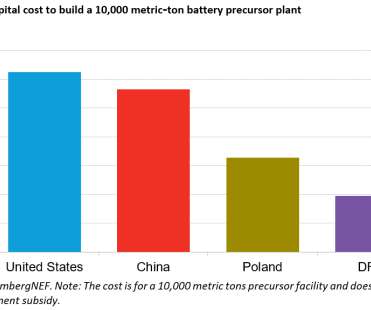US DFC approves $150M conditional loan commitment for Balama graphite mine in Mozambique
Green Car Congress
SEPTEMBER 12, 2023
The US Development Finance Corporation’s (DFC’s) Board of Directors approved the provision of up to $150 million in financing to Twigg Exploration and Mining—a wholly-owned subsidiary of Australia-based Syrah Resources Limited—to fund investments in the company’s graphite mining and processing operation in Balama, Mozambique.












Let's personalize your content